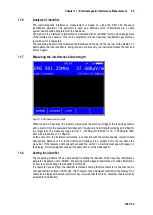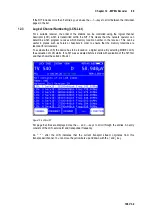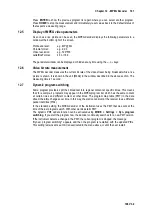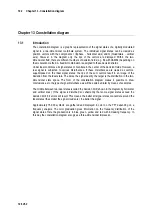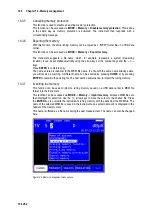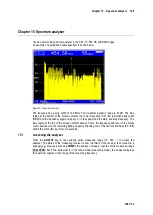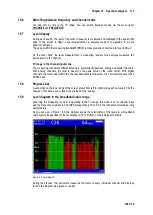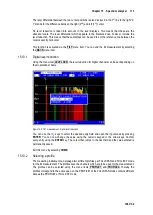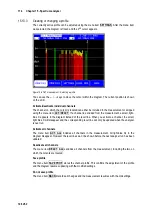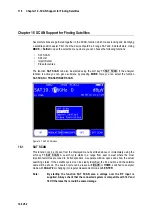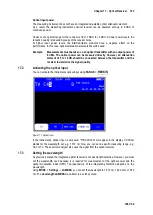
108 Chapter 14 - Memory management
106 V3.2
Cancelling memory protection
14.3.5
This function is used to disable an existing memory protection.
This function can be accessed via
MODE
->
Memory
->
Disable memory protection
. This is done
in the same way as memory protection is activated. The instrument then responds with a
corresponding message.
Exporting the memory
14.3.6
With this function, the entire tuning memory can be copied as a “MEM” format file on a USB data
carrier.
This function can be accessed via
MODE
->
Memory
->
Export memory
.
The instrument suggests a file name, which, for example, represents a system (measuring
location). It can be set alphanumerically using the arrow keys or the number keys and the
←/→
keys.
Press
ENTER
to complete entry.
The name entered is identical to the MEM file name. If a file with the same name already exists,
you will receive a warning. A different name can be entered by pressing
HOME
, or by pressing
ENTER
to overwrite the existing file. The next section explains how to import the tuning memory.
Importing the memory
14.3.7
This function can be used to import a tuning memory saved on a USB data carrier in MEM file
format into the instrument.
This function can be accessed via
MODE
->
Memory
->
Import memory
. All saved MEM files are
then displayed for selection. Use the
↑/↓
arrow keys to move the cursor to the desired file. Press
the
ENTER
key to overwrite the instrument’s tuning memory with the data from the MEM file. The
name of the selected MEM file is saved in the instrument as a system name and is displayed in the
header of the memory menu.
This name is offered as a file name during the next measurement. The name can also be changed
here.
Figure 14-2 Memory management menu options


